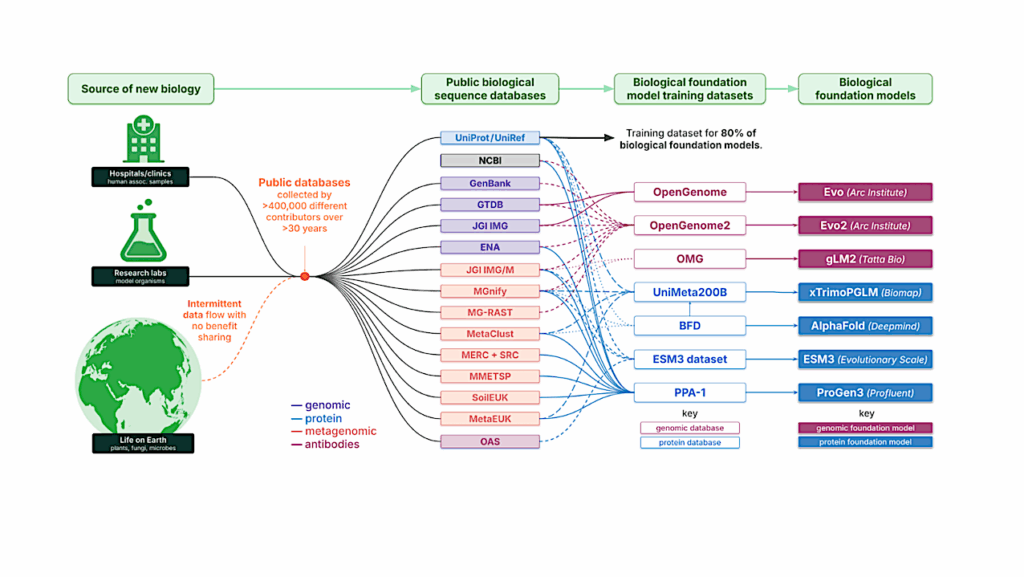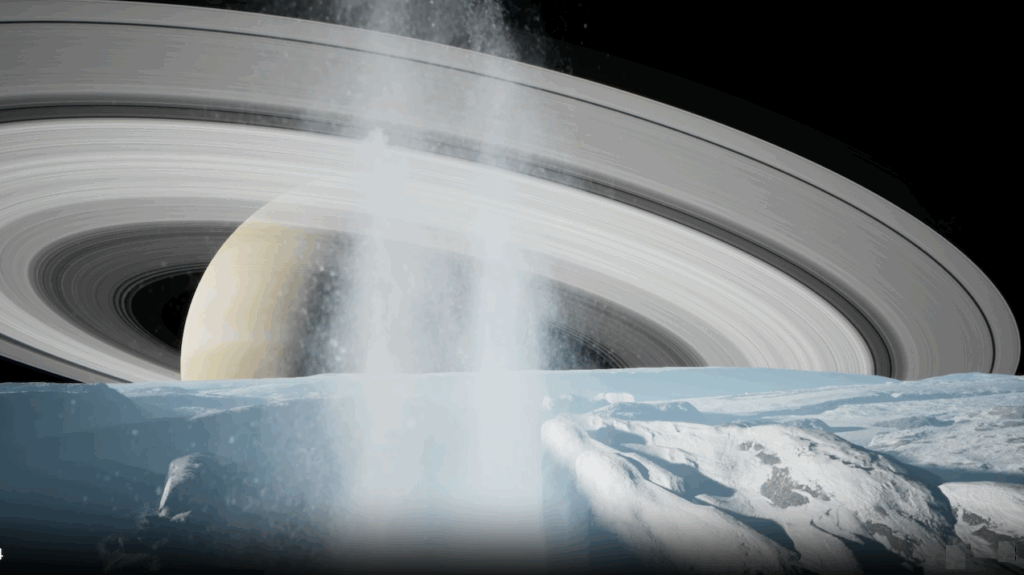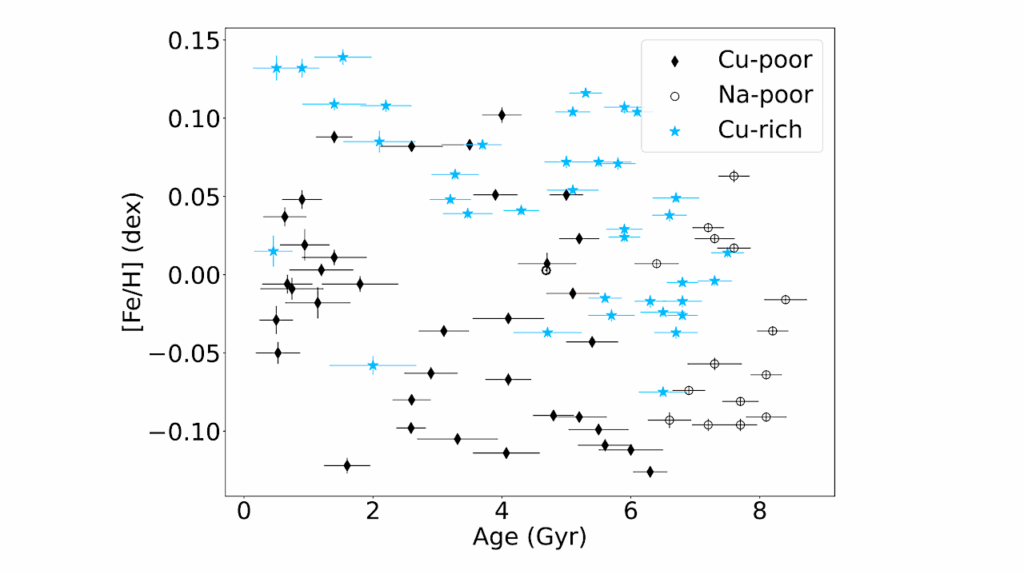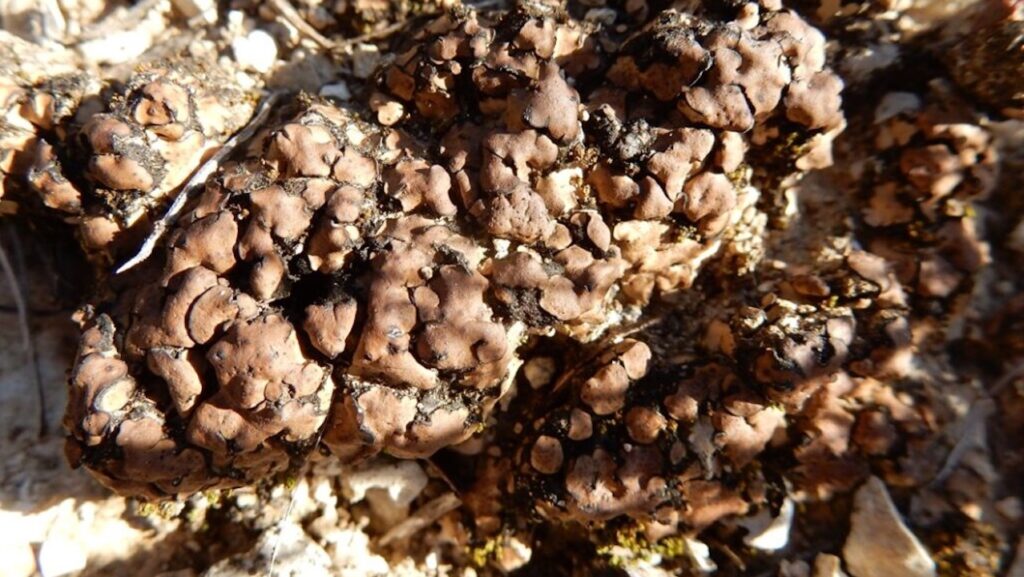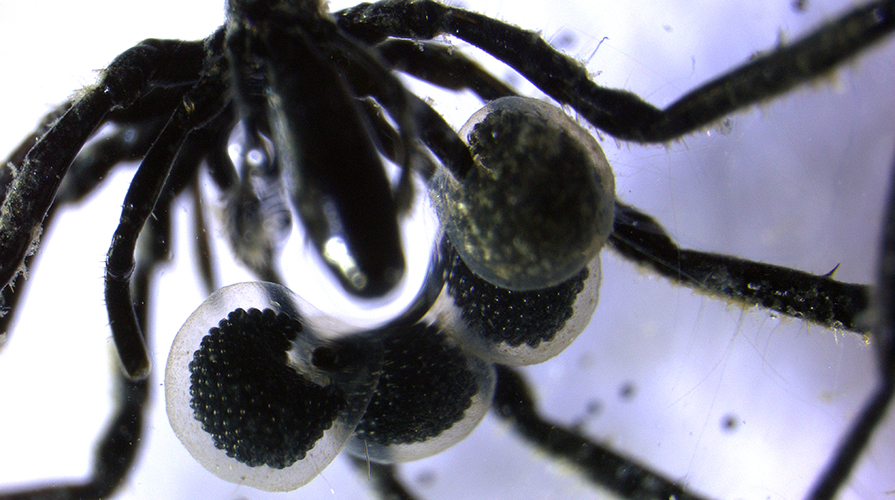Ammonia Or Methanol Would Enable Subsurface Liquid Water In The Martian South Pole
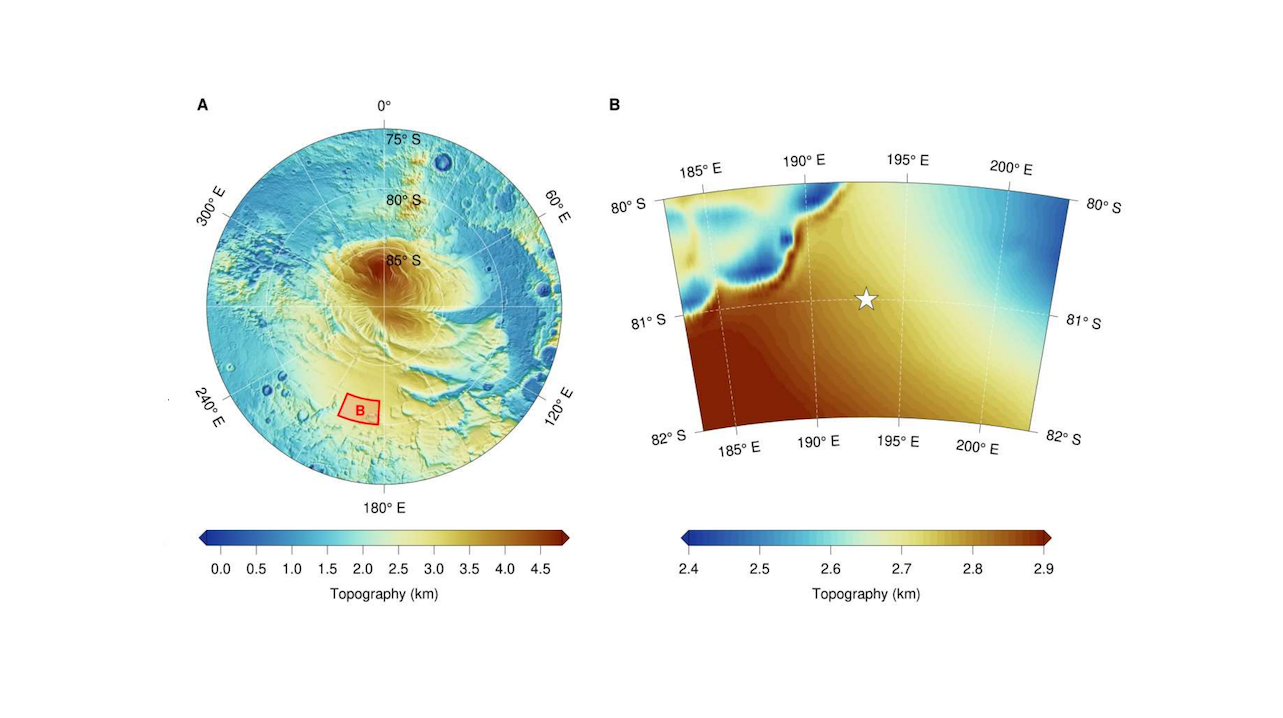
The notion of liquid water beneath the ice layer at the south polar layered deposits of Mars is an interesting possibility given the implications for astrobiology, and possible human habitation.
A body of liquid water located at a depth of 1.5 km has been inferred from radar data in the South Polar Cap. However, the high temperatures that would facilitate the existence of liquid water or brine at that depth are not consistent with estimations of heat flow that are based on the lithosphere’s flexure. Attempts to reconcile both issues have been inconclusive or otherwise unsuccessful.
Here, we analyse the possible role of subsurface ammonia and methanol in maintaining water in a liquid state at subsurface temperatures that are compatible with the lithosphere strength. Our results indicate that the presence of these compounds at the base of the south polar layered deposits can reconcile the existence of liquid water with previous estimations of surface heat flow.
Isabel Egea-González, Christopher P. McKay, John E. Hallsworth, Alberto Jiménez-Díaz, Javier Ruiz
Subjects: Earth and Planetary Astrophysics (astro-ph.EP)
Cite as: arXiv:2401.09873 [astro-ph.EP] (or arXiv:2401.09873v1 [astro-ph.EP] for this version)
Submission history
From: Isabel Egea
[v1] Thu, 18 Jan 2024 10:38:36 UTC (847 KB)
https://arxiv.org/abs/2401.09873
astrobiology


